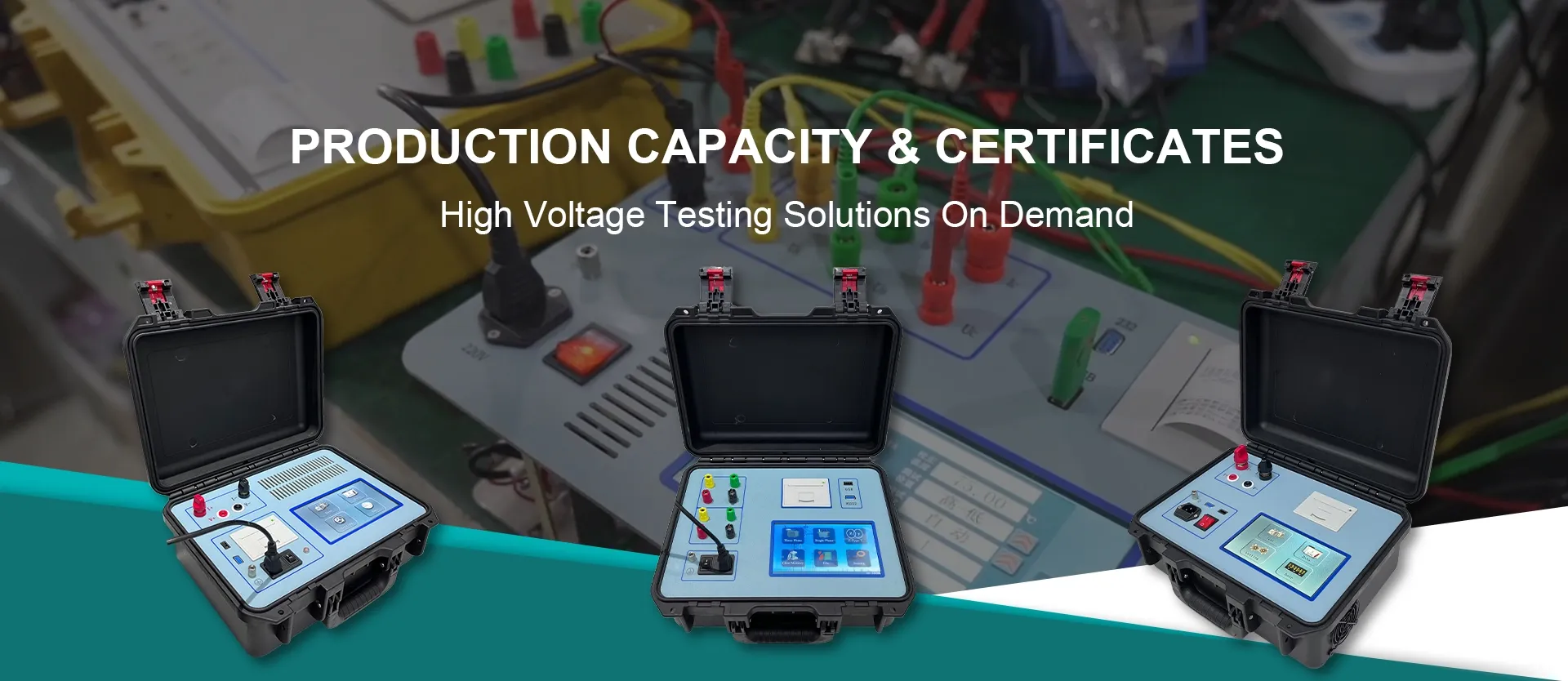 English
English


RLA Testing Methodology for Transformer Performance Assessment and Analysis
The RLA test, or Residual Life Assessment test of transformers, is a crucial procedure used in the power industry to evaluate the current operational status and anticipated lifespan of transformers. Transformers are vital components in electrical systems, as they facilitate the transmission and distribution of electrical energy from generation sources to consumers. Their reliability and efficiency directly impact the overall performance of power systems, making it essential to regularly assess their condition.
The RLA test utilizes various diagnostic techniques to evaluate the physical and electrical conditions of transformers. This assessment typically focuses on reviewing insulation systems, measuring deterioration rates, and identifying potential failure modes. The primary aim is to provide an accurate estimation of the remaining service life of the transformer based on its current state, operational history, and the stress factors it has been subjected to over time.
.
Additionally, the test involves analyzing oil characteristics, which not only serves as insulation but also plays a crucial role in cooling the transformer. The physical and chemical properties of transformer oil can indicate the health of the transformer. Parameters such as moisture content, acidity, and the presence of dissolved gases are measured during the RLA test. Elevated levels of these contaminants can signal issues such as overheating or the onset of electrical discharge problems.
rla test of transformer

Thermal imaging is another technique used during the RLA test. This non-invasive evaluation method allows technicians to detect hot spots within the transformer, indicating areas of potential failure or excessive heating. Identifying these hot spots can be critical for timely maintenance interventions, preventing catastrophic failures that could lead to extensive downtime or costly repairs.
The outcomes of the RLA test not only aid in strategic planning regarding transformer maintenance and replacements but also inform risk management strategies for utility companies. By understanding the remaining life expectancy of their transformers, companies can optimize their asset management and reduce operational disruptions. This proactive approach enables them to stay ahead of potential failures which can significantly impact power availability and reliability for end consumers.
Furthermore, the data generated from the RLA test can be critical for regulatory compliance and reporting purposes. Utilities are increasingly being held to stringent standards concerning maintenance practices and asset condition reporting. An accurate assessment of transformer life expectancy helps in complying with these regulations, ensuring that utilities remain accountable and transparent in their operations.
In conclusion, the RLA test is an essential tool for assessing the health and longevity of transformers in electrical power systems. By employing advanced diagnostic techniques to analyze insulation systems, oil characteristics, and thermal conditions, utilities can make informed decisions regarding maintenance and replacement strategies. Ultimately, this contributes to enhanced reliability, efficiency, and safety in power distribution networks, benefiting both service providers and consumers alike.
-
Differences between open cup flash point tester and closed cup flash point testerNewsOct.31,2024
-
The Reliable Load Tap ChangerNewsOct.23,2024
-
The Essential Guide to Hipot TestersNewsOct.23,2024
-
The Digital Insulation TesterNewsOct.23,2024
-
The Best Earth Loop Impedance Tester for SaleNewsOct.23,2024
-
Tan Delta Tester--The Essential Tool for Electrical Insulation TestingNewsOct.23,2024





